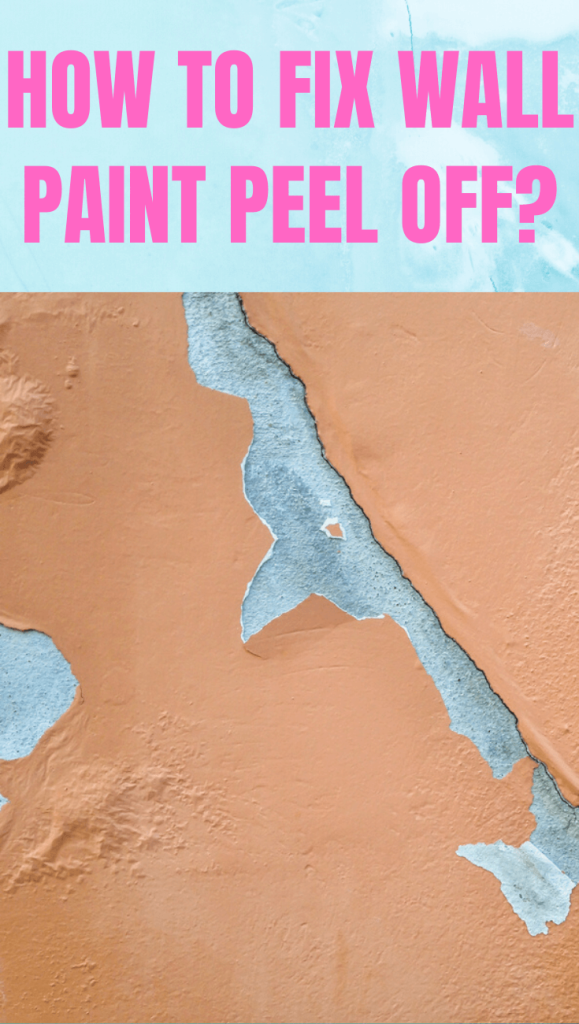

Paint peeling off walls too soon is a frustrating and costly problem for homeowners. Whether it’s an interior or exterior project, nothing can ruin a freshly painted room faster than peeling paint. This comprehensive guide will delve into the causes of premature paint failure, providing practical solutions to help you achieve a lasting and beautiful finish. We’ll cover everything from inadequate preparation to environmental factors and the importance of using the correct paint. By the end, you’ll be equipped with the knowledge and tools to prevent future paint problems, ensuring your walls stay stunning for years to come. This article will explore the common causes of peeling paint and practical solutions, including crucial steps for preparation, paint selection, application, and troubleshooting.
Understanding the Causes of Premature Paint Peeling
Paint peeling off walls prematurely can stem from various factors, ranging from simple mistakes to underlying structural issues. Identifying the root cause is the first step to effectively addressing the problem. Many homeowners face this common issue, leading to frustration and costly repairs. Understanding the causes and implementing preventive measures ensures a longer lifespan for your freshly painted walls. Various factors can contribute to this problem, including incorrect wall preparation, unsuitable paint types, environmental conditions, and even the skill of the painter. This section will explore these common factors and provide examples of how to avoid them.
Improper Wall Preparation
The most critical factor influencing paint adhesion is thorough wall preparation. A lack of preparation creates a poor surface for the paint to stick to, directly leading to premature peeling. This involves repairing cracks, patching holes, and ensuring the surface is clean and free of debris, dust, and old paint. Failing to properly prepare the walls can be a primary cause of premature paint failure, leading to unnecessary repairs down the line.
Inadequate Paint Selection
Choosing the right paint type is essential for long-term paint integrity. Different types of paint have varying levels of adhesion and durability. Using the wrong paint for the surface, climate, or intended use can drastically reduce the paint’s lifespan. For example, using a low-quality latex paint on an exterior wall exposed to harsh weather conditions will likely result in premature failure, unlike using a high-quality exterior-grade paint.
Environmental Factors
Environmental conditions also play a critical role in paint adhesion and durability. High humidity or temperature fluctuations can affect the paint’s ability to adhere to the wall surface. In areas with extremely high humidity or temperature extremes, using appropriate paints or considering climate-specific solutions is necessary for successful painting projects.
Effective Solutions for Preventing Paint Peeling
Addressing premature peeling requires proactive measures to improve paint adhesion and durability. This section will provide detailed explanations of essential steps in choosing and applying paint, ensuring long-term wall protection.
Thorough Preparation: The Foundation for Success
Before applying any new paint, thoroughly preparing the wall surface is critical. This step removes loose or deteriorated material. This process includes repairing cracks, filling holes, and sanding the surface to create a smooth, even base. Using the right tools and techniques are crucial for preparing the wall to receive the paint effectively. This step will significantly contribute to lasting paint durability.
Choosing the Right Paint
Selecting the appropriate paint type for the wall and environmental conditions is vital. Choosing the correct paint is a significant step in ensuring a lasting finish. Consider the paint’s specific properties, such as its ability to adhere to various surfaces, moisture resistance, and durability against weathering. Exterior walls will require different paint types and formulations than interior walls.
Proper Application Techniques
Proper application techniques significantly impact paint longevity. Using the correct tools, such as brushes or rollers, and applying the paint in consistent strokes ensures uniform coverage and optimal adhesion. Applying the paint evenly and in thin layers avoids issues like uneven drying or pooling of paint, which may contribute to future peeling problems. Following manufacturer instructions for application, including drying times, is essential.
Troubleshooting Paint Peeling Issues
Despite the best preparation and application, paint can still peel. In these cases, effective troubleshooting is essential. This section will offer solutions to handle common problems.
Identifying the Root Cause
The first step to resolving peeling paint issues is accurately identifying the root cause. Carefully inspect the wall to identify any signs of moisture, structural issues, or insufficient preparation. Understanding the underlying problem is a crucial first step to finding a lasting fix. Identifying the cause is essential to implementing the correct solution.
Addressing Moisture and Humidity Issues
If moisture is the culprit, addressing the source is paramount. This could involve fixing leaks, increasing ventilation, or using moisture-resistant paints to mitigate these challenges and prevent further peeling issues.
In conclusion, peeling paint prematurely is a common issue with various contributing factors. Understanding these causes, from improper preparation to inadequate paint quality, is crucial for preventing paint from peeling. By following the steps in this article, you’ll be better equipped to select the right paint, prepare your walls thoroughly, and avoid common pitfalls. If you’re still experiencing problems after trying these solutions, consider consulting a professional painter for expert advice. They can diagnose the underlying cause and recommend the most effective repair methods.